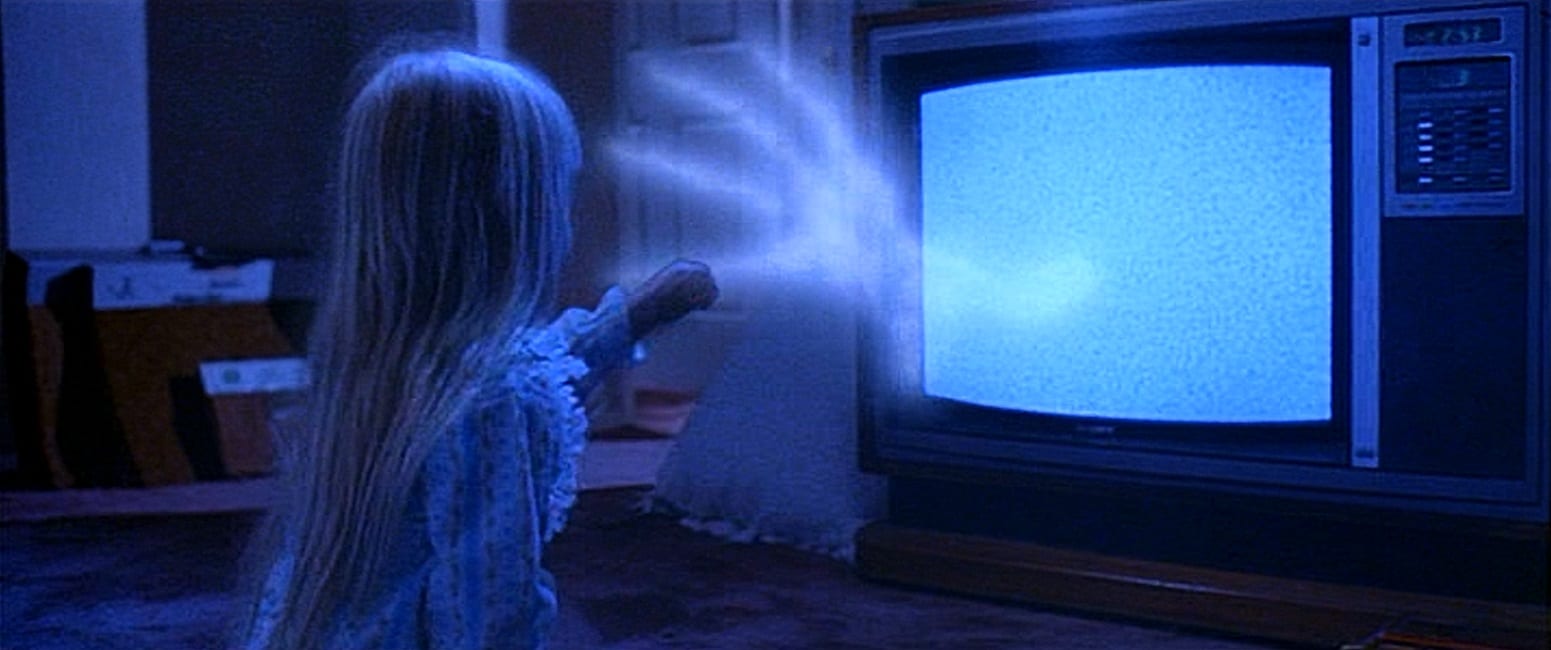The 1982 horror classic Poltergeist directed by Tobe Hooper and co-written and produced by Steven Spielberg still leaves viewers shocked and disturbed even after all these years. With it’s vivid depictions of the supernatural and disturbing imagery, many wonder if some of the scenes crossed even further over the line by using real human remains. the 1982 movie poltergeist used real skeletons as – tymoff One scene in particular that has long been the subject of debate and intrigue is the pool scene where the paranormal investigators uncover a secret subterranean graveyard underneath the residential neighborhood. Did they really use real human skeletons in that chilling scene? Let’s take a deeper look at this controversy.
The Pool Scene
In one of the most memorable and creepy scenes from Poltergeist, the paranormal investigators Dr. Lesh and Marty, played by Beatrice Straight and Martin Casella respectively, make a shocking discovery underneath the family’s residential pool. Using ground penetrating radar, they find what appears to be a large underground chamber. Upon further investigation by digging down with shovels, they uncover row after row of skeletons lined up in the dirt. It’s a truly unsettling image to see all those skeletal remains neatly arranged. This leads them to conclude that the entire neighborhood was built atop an old cemetery grounds, awakening a vengeful spirit tied to the disturbed graves.
The Question of Authenticity
Ever since the film’s release in 1982, there has been much speculation around whether real human skeletons were in fact used during the filming of this memorable pool scene. While movie props and special effects were certainly used even in the early 1980s, the shocking realism of the skeletal remains has kept the possibility alive that maybe, just maybe, they incorporated actual human bones. Neither Hooper, Spielberg or the cast have ever outright confirmed or denied this. Beatrice Straight, who played Dr. Lesh, stated in interviews that while she had her doubts, she was never directly told either way by the filmmakers.
Potential Evidence For and Against
There are a few arguments that have been made on both sides of this debate over the years:
Potential Evidence FOR using real skeletons:
- The level of detail and realism of the skeletal structures makes them appear authentic, not like props.
- No one from the production has ever outright denied it.
- Obtaining human remains illegally was more plausible in 1982 before modern forensic standards.
Potential Evidence AGAINST:
- Using real human remains without consent would be unethical and illegal.
- Special effects and props were certainly sophisticated enough in 1982 to recreate skeletons realistically.
- The scene required arranging skeletons in a lineup posing – human remains would not position that easily.
- Disturbing real human remains simply for a movie scene would create major controversy.
So in the end, there is no conclusive proof either way regarding whether real human skeletal remains were incorporated into this chilling pool scene from Poltergeist. Both arguments are plausible depending on your perspective. The production has never spoken definitively to resolve the debate one way or the other all these years later either.
Other Supernatural Elements Questioned Too
Poltergeist, while a work of fiction, was also praised for its realistic ghostly effects and supernatural occurrences at the time. But some have speculated that other aspects may have also crossed ethical lines to heighten the realism even further. Some theories include:
- The scenes of the children being abducted by ghosts were too traumatizing and some claim they employed hidden threats or tricks to get genuine terrified reactions from the young actors.
- The slain clown ghost’s realistic collapsing and twitching was actually a stuntman in makeup suffering from effects like hypersomnia to appear authentically possessed.
- The “They’re here” line was improvised when the young actress genuinely became frightened by an actual unplanned occurrence on set.
Of course, these kinds of far-fetched conspiracy theories were never substantiated either. But they speak to how boundary-pushing and convincing the supernatural elements were in Poltergeist that speculation still abounds today about what was real versus staged. The film has taken on an almost mythic status because of lingering questions like this.
Legacy and Continued Interest
Poltergeist left such an impact that it still endures as a cult classic of the horror genre decades later. Its realistic special effects and supernatural depictions really helped usher in a new era of sophistication within the field. Subsequent re-watchings have helped maintain interest in dissecting minute details to try and separate fact from fiction. Controversies like whether real human remains were exploited add another layer of intrigue that keep draws viewers back in.
While the debate around those pool scene skeletons may never conclusively be resolved, the ambiguity itself is part of what cemented Poltergeist into such legendary status. Both sides of the argument are understandable depending on one’s perspective. The unanswered questions propel speculation and lore that breathe continued life into the film’s memory. Whether real bones were incorporated or not, Poltergeist left an indelible mark through its masterful blend of scares, social commentary and the supernatural unknown. It reminds us that sometimes uncertainty can be the scariest element of all.

